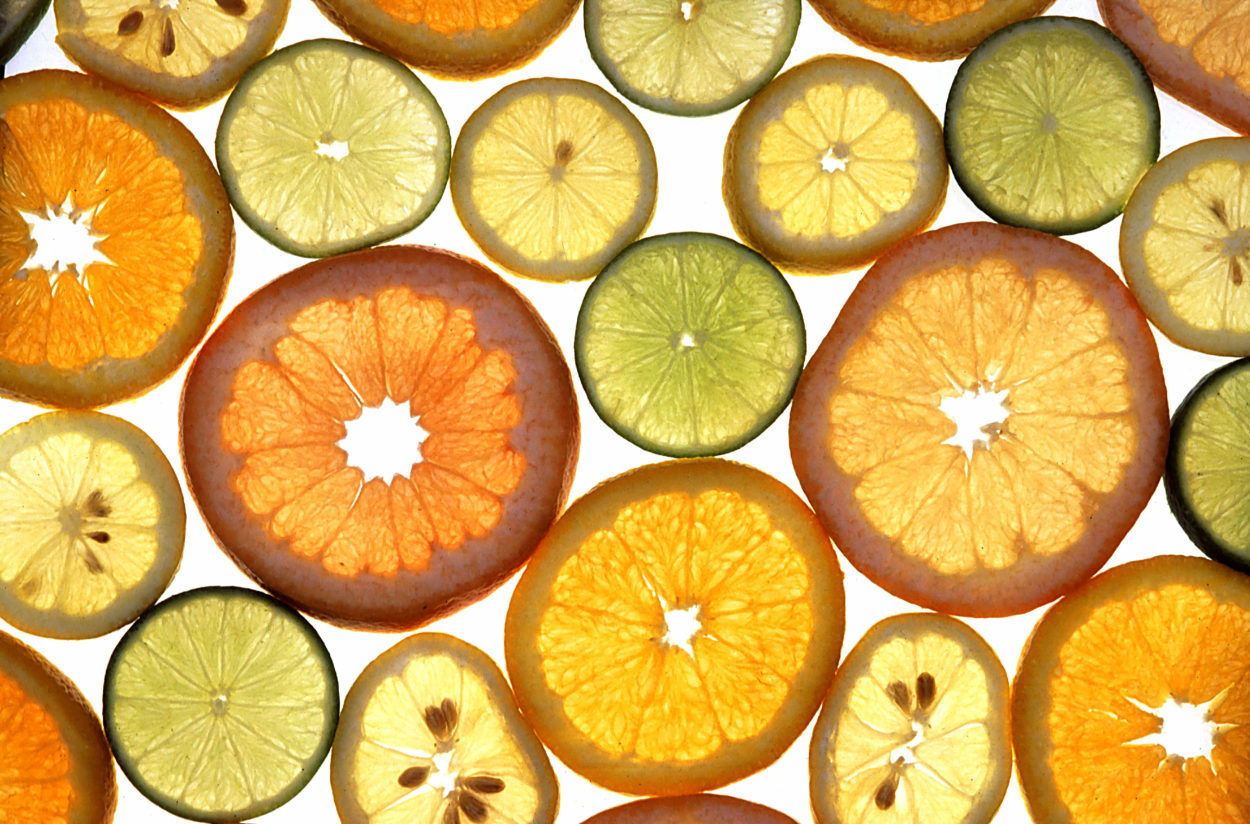WTF is a Terp?
Ever wonder what makes strains so different they can smell like a skunk, a pineapple, rat piss or a blueberry? Or why Blue Dream make me chill but causes my friend to get dizzy? WTF is going on with this plant! There’s a lot more unknown about the chemical compounds found in the plant than are known. What was coined as the “Entourage Effect” to describe the synergy in the full spectrum of chemicals and their effects on the human body might as well have been called the “I Have No Clue Effect”. Research is slowly teasing apart the mysterious evolutionary dance this plant and Humans have had but many more lifetimes of research are ahead of us.
 The well known star most recently has been tetrahydrocannabinol. Recreational breeding during prohibition focused on THC almost exclusively as the main psychoactive compound driving your high. Prohibition’s easing across the country has provided opportunity to explore and understand the diverse array of compounds found in the plant. Cannabidiol has recently moved into the spotlight as another cannabinoid with medicinal benefits linked to helping with seizures, anxiety and inflammation to name a few. These cannabinoids are only two of over 100 known compounds in this one class of chemistry. The full spectrum of cannabinoids together interact with the body’s endocannabinoid system to produce some of the medicinal or recreational effects for which this lovely plant has been utilized for.
The well known star most recently has been tetrahydrocannabinol. Recreational breeding during prohibition focused on THC almost exclusively as the main psychoactive compound driving your high. Prohibition’s easing across the country has provided opportunity to explore and understand the diverse array of compounds found in the plant. Cannabidiol has recently moved into the spotlight as another cannabinoid with medicinal benefits linked to helping with seizures, anxiety and inflammation to name a few. These cannabinoids are only two of over 100 known compounds in this one class of chemistry. The full spectrum of cannabinoids together interact with the body’s endocannabinoid system to produce some of the medicinal or recreational effects for which this lovely plant has been utilized for.
Terpenes are another class of chemical compounds that are a large component of plant essential oils and are all derived from a similar structural formula called an isoprene unit. Like a nerd with a box of legos, the molecular machinery inside of the trichome can piece these isoprene units together to form a large variety of terpenes found in nature. Cannabinoids alone are mainly tasteless and flavorless. Terpenes, along with the diverse array of compounds in the essential oil extract, provide each strain with its aroma, flavor and many medicinal and recreational attributes. Over 30,000 terpenes have been discovered so far and by some accounts this plant can make over 90% of terpenes on Earth…hence why one strain can smell like diesel and another like strawberry. Just understand that like an iceberg, much of what is there is unseen, or unknown.
 Flavor, aroma and effect are the three distinguishing characteristics of essential oils. Limonene is a terpene found in high concentrations in citrus fruit giving them their distinctive fruit flavor and scent. Some strains with high limonene concentrations can be very uplifting. Take a sniff of these flowers or extracts and you’ll have a scent reminiscent of squeezing a lemon or lime. Behind this citrusy smell you’ll also find nuances from the myriads of other compounds present giving each strain its uniqueness.
Flavor, aroma and effect are the three distinguishing characteristics of essential oils. Limonene is a terpene found in high concentrations in citrus fruit giving them their distinctive fruit flavor and scent. Some strains with high limonene concentrations can be very uplifting. Take a sniff of these flowers or extracts and you’ll have a scent reminiscent of squeezing a lemon or lime. Behind this citrusy smell you’ll also find nuances from the myriads of other compounds present giving each strain its uniqueness.
Citrus essential oils have been used in many cultures to provide medicinal benefits and high limonene concentrations in your strains or extracts can be similar. The energizing effects associated with day time strains allowing for concentration are attributes of limonene in essential oils. As well, many calming and stress relieving properties have been associated with citrus oils.

Post a New Comment